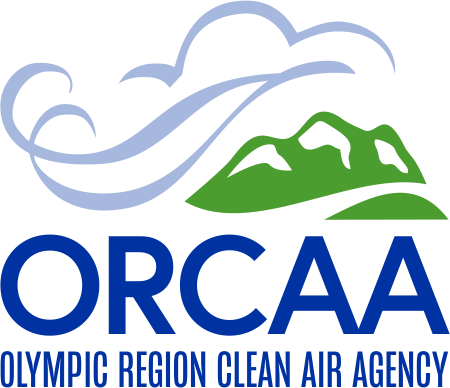Current Air Quality Index
National Monitoring Sites
The U.S. Environmental Protection Agency (EPA) maintains a nation-wide interactive map featuring local, state, and federal air monitoring stations, as well as Purple Air personal air monitoring devices. You can find that map at https://fire.airnow.gov/
About the Air Quality Index (AQI)
The AQI is an index for reporting air quality. It tells you how clean or polluted your air is, and what associated health effects might be a concern for you. Think of the AQI as a yardstick that runs from 0 to 500. The higher the AQI value, the greater the level of air pollution and the greater the health concern.
An AQI value of 100 generally corresponds to the national air quality standard for the pollutant, which is the level EPA has set to protect public health. To make it easier to understand, the AQI is divided into six categories:
-
Good – Air quality is considered satisfactory, and air pollution poses little or no risk. Numeric Value: 0-50
-
Moderate – Air quality is acceptable; however, for some pollutants there may be a moderate health concern for a very small number of people who are unusually sensitive to air pollution. Numeric Value: 51-100
-
Unhealthy for Sensitive Groups – Members of sensitive groups may experience health effects. The general public is not likely to be affected. Numeric Value: 101-150
-
Unhealthy – Everyone may begin to experience health effects; members of sensitive groups may experience more serious health effects. Numeric Value: 151-200
-
Very Unhealthy – Health alert: everyone may experience more serious health effects. Numeric Value: 201-300
-
Hazardous – Health warnings of emergency conditions. The entire population is more likely to be affected. Numeric Value: 301-500

